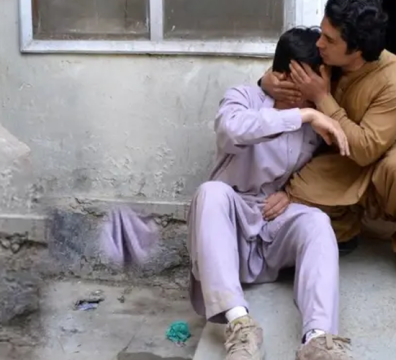The Belt and Road Initiative (BRI), China’s ambitious global infrastructure development project, is facing challenges as a significant portion of its loans to low and middle-income countries enter their principal repayment period. A report by AidData, a research institute tracking development finance, revealed that more than half of these loans are now in the repayment phase, with this figure expected to rise to 75% by the end of the decade.
According to the report, Beijing currently commits aid and credit of approximately $80 billion per year to low and middle-income nations, while the United States provides $60 billion annually to such countries. The total outstanding debt from developing world borrowers to China, excluding interest, amounts to at least $1.1 trillion, with 80% of China’s overseas lending portfolio in developing countries currently supporting nations facing financial distress.
The BRI has received both praise for stimulating economic growth and criticism for opaque pricing, leading to renegotiations on project costs in various countries. In recent years, China’s approval rating among developing countries has fallen from 56% in 2019 to 40% in 2021. To address these issues, China is working to align its lending practices with international standards while implementing safeguards to protect its interests in the BRI.
China’s ability to manage this evolving landscape will be crucial for the future of the BRI, which has the potential to continue transforming global infrastructure and economic development.





















